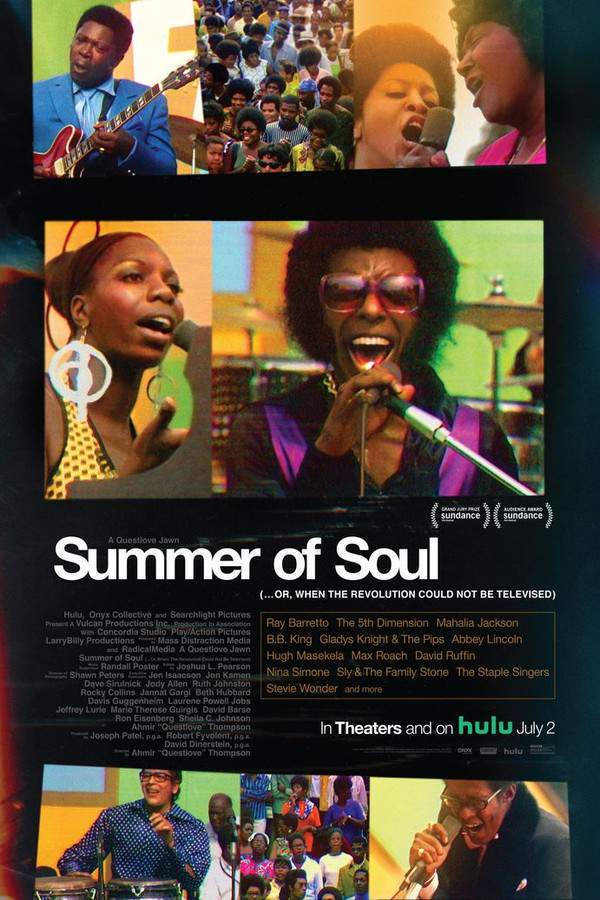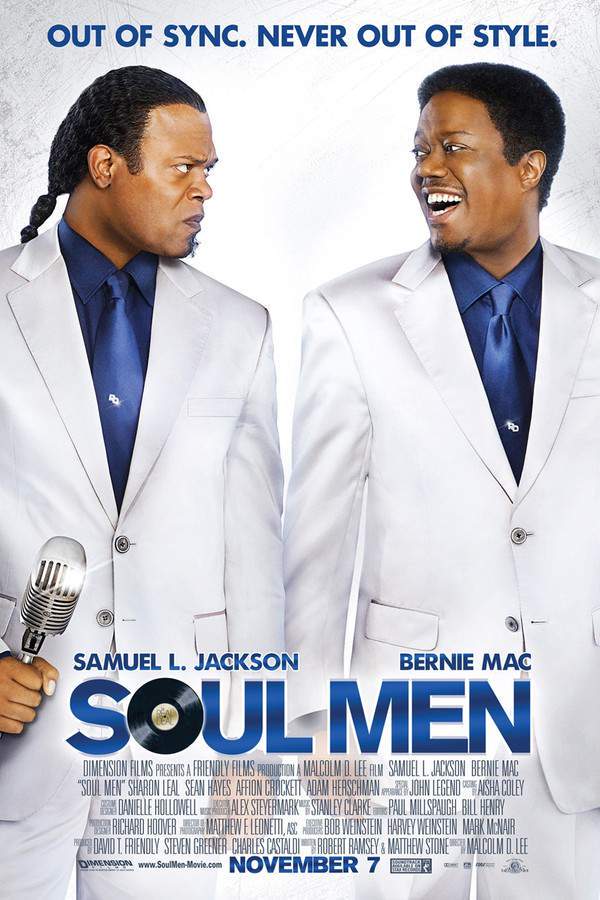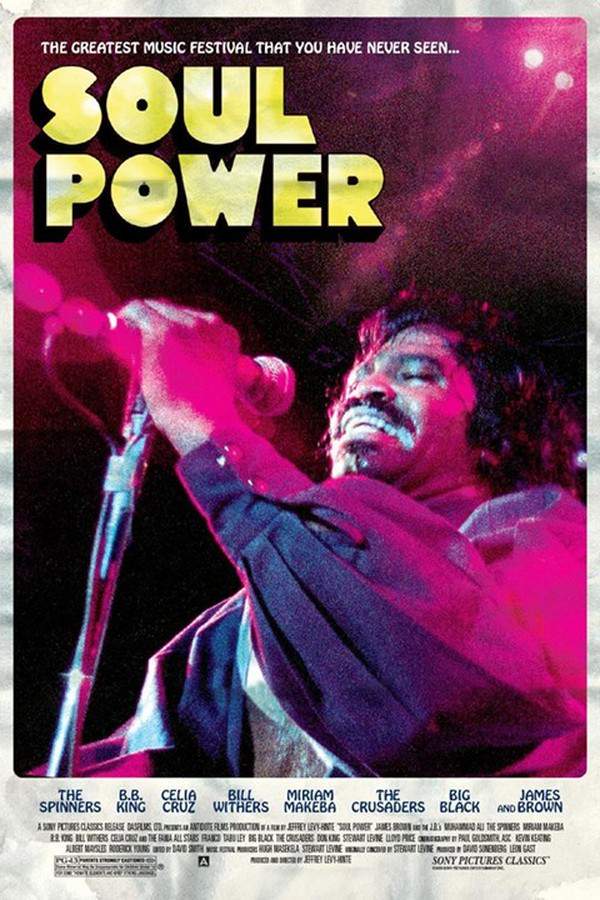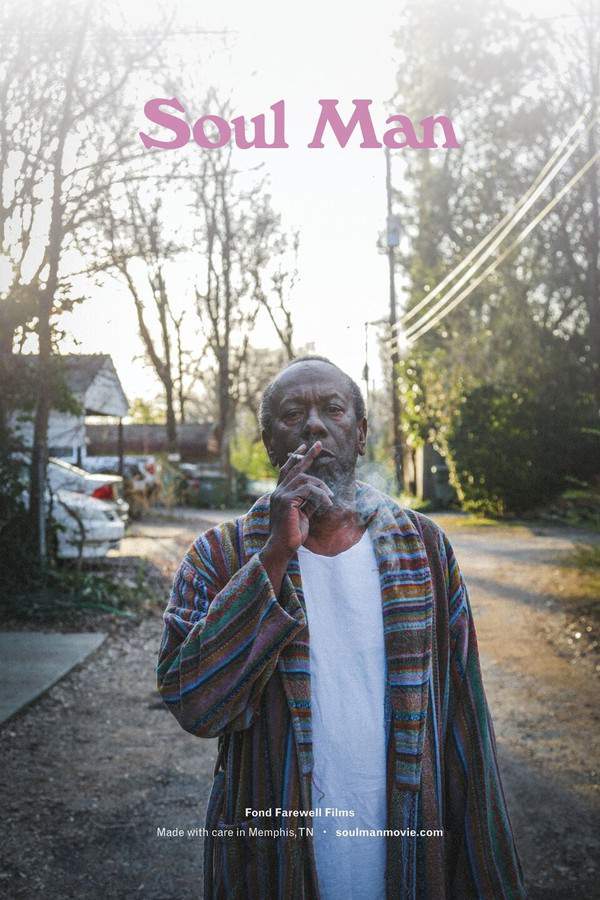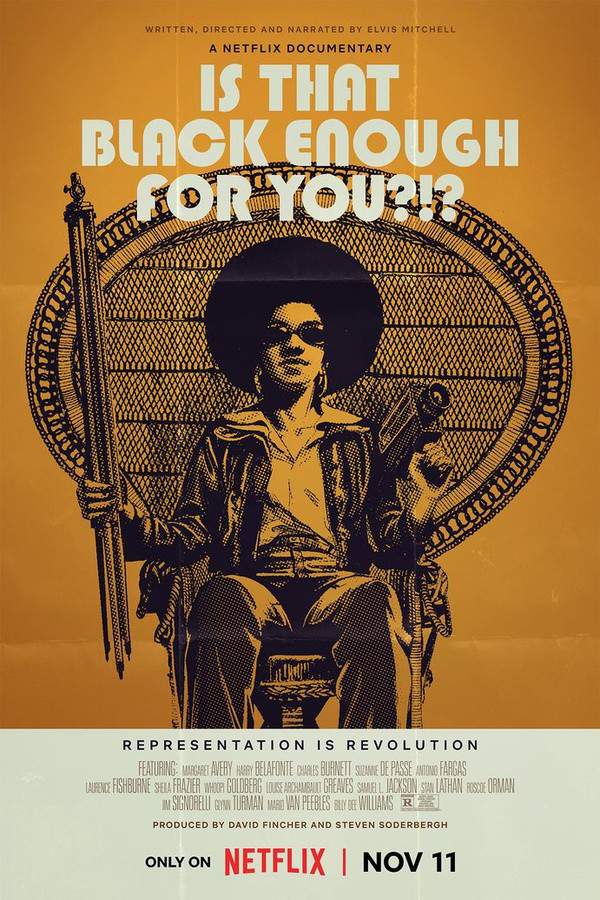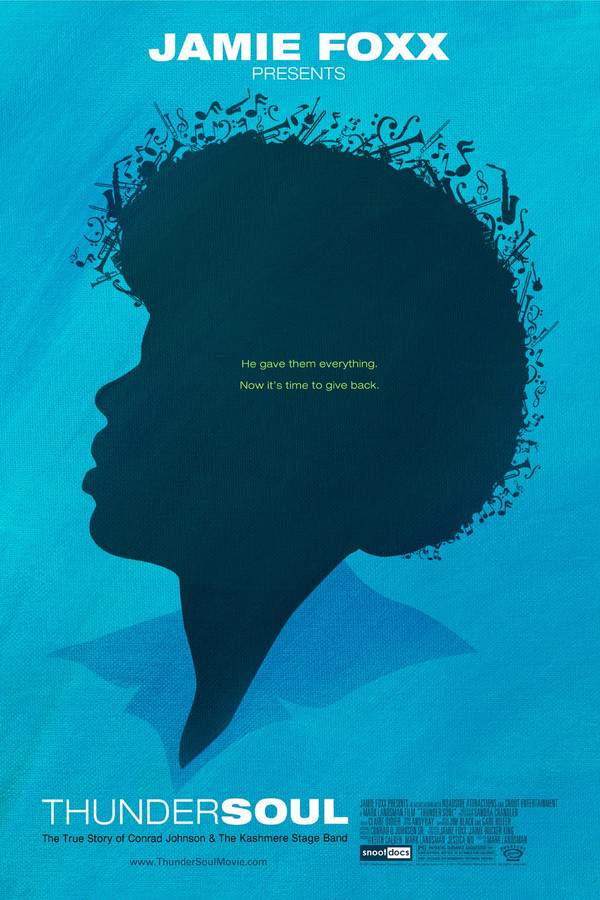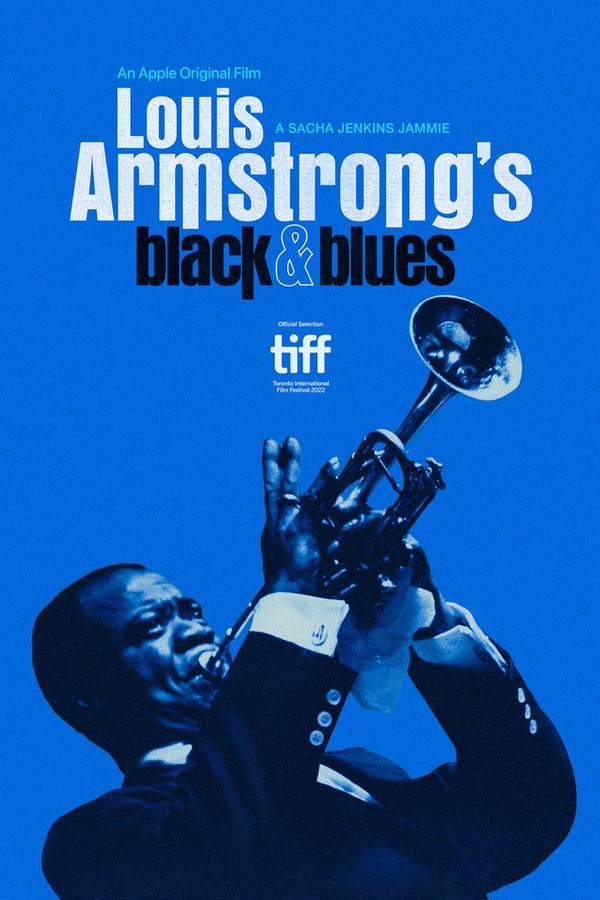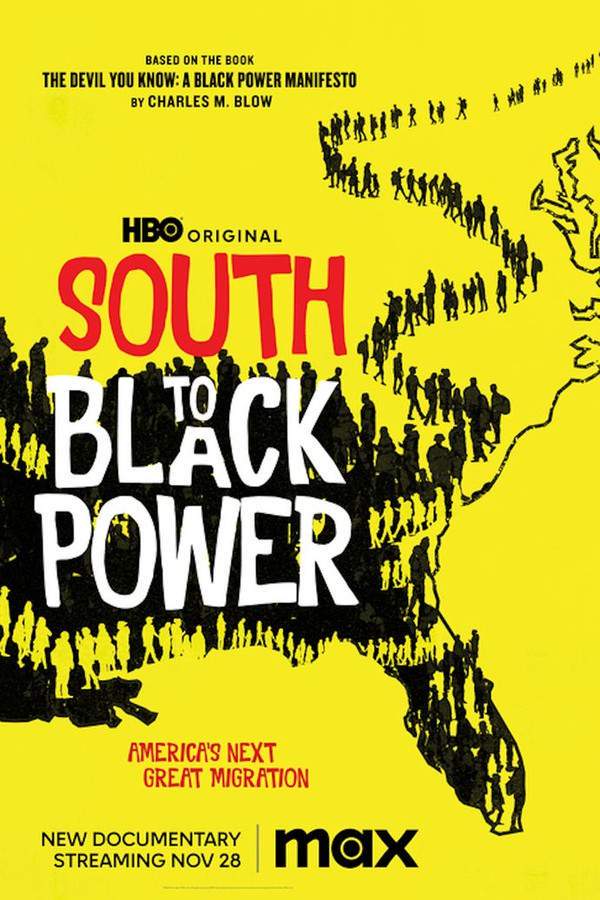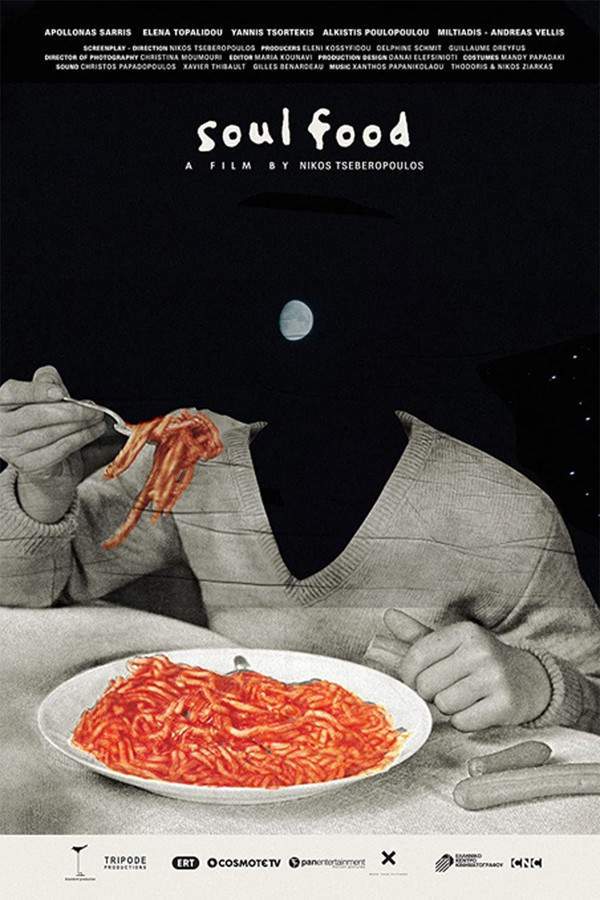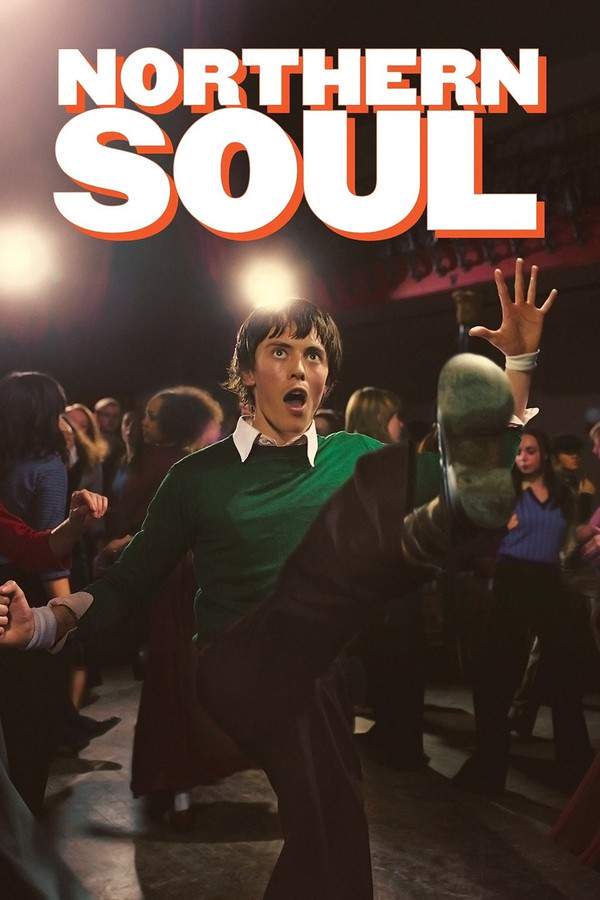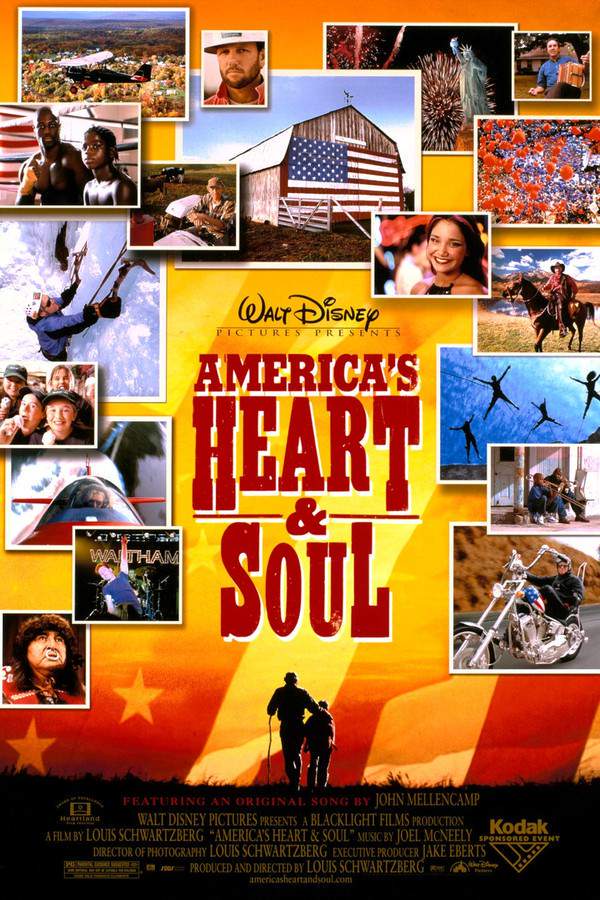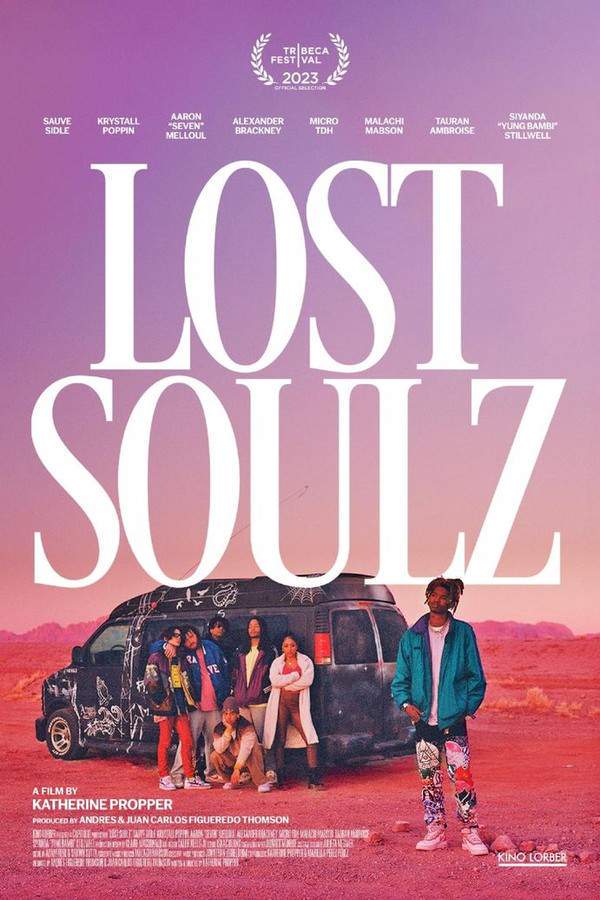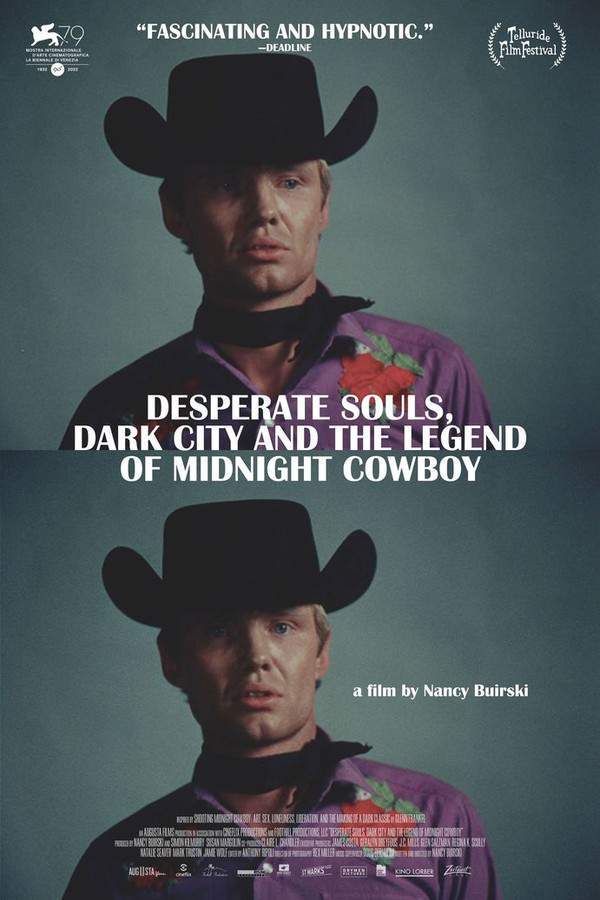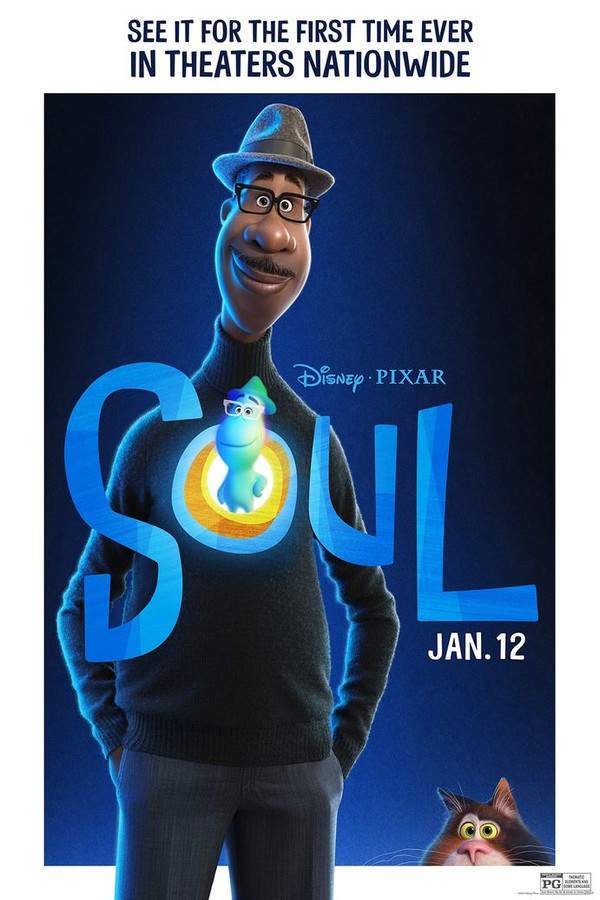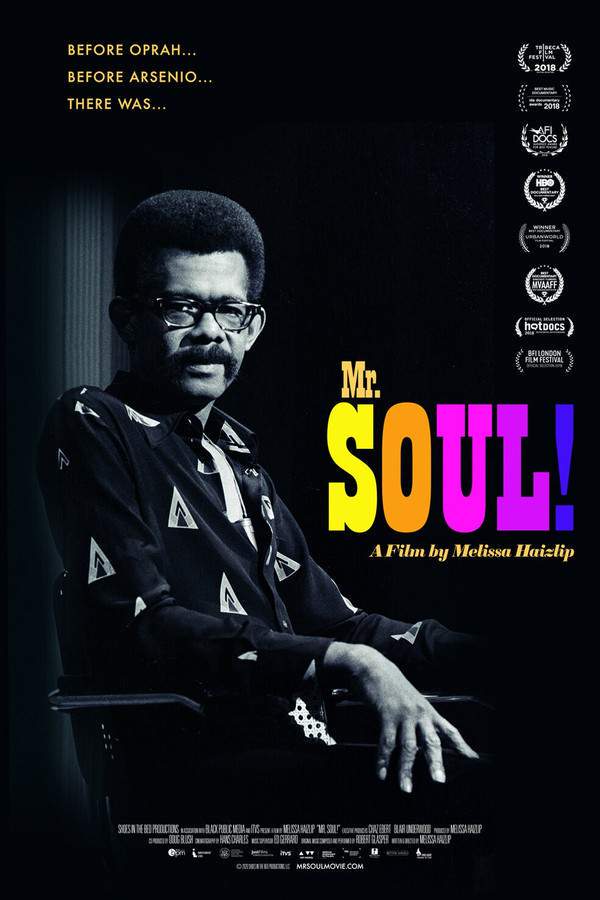
Mr. SOUL!
Year: 2020
Runtime: 1 h 44 m
Language: English
Directors: Melissa Haizlip, Sam Pollard
Echo Score: 77Budget: $1M
During the late 1960s, SOUL! became a groundbreaking public television program, celebrating Black culture and challenging societal norms. Hosted by Ellis Haizlip, the series provided a vital platform for prominent Black artists, musicians, writers, and activists. Through interviews and performances, SOUL! explored themes of identity, politics, and creativity, offering a rare opportunity for national dialogue and showcasing the richness of Black artistic expression.
Warning: spoilers below!
Haven’t seen Mr. SOUL! yet? This summary contains major spoilers. Bookmark the page, watch the movie, and come back for the full breakdown. If you're ready, scroll on and relive the story!
Timeline & Setting – Mr. SOUL! (2020)
Explore the full timeline and setting of Mr. SOUL! (2020). Follow every major event in chronological order and see how the environment shapes the story, characters, and dramatic tension.
Last Updated: October 22, 2024 at 21:18
Main Characters – Mr. SOUL! (2020)
Meet the key characters of Mr. SOUL! (2020), with detailed profiles, motivations, and roles in the plot. Understand their emotional journeys and what they reveal about the film’s deeper themes.
Last Updated: October 22, 2024 at 21:18
Major Themes – Mr. SOUL! (2020)
Explore the central themes of Mr. SOUL! (2020), from psychological, social, and emotional dimensions to philosophical messages. Understand what the film is really saying beneath the surface.
Last Updated: October 22, 2024 at 21:18
Unlock the Full Story of Mr. SOUL!
Don't stop at just watching — explore Mr. SOUL! in full detail. From the complete plot summary and scene-by-scene timeline to character breakdowns, thematic analysis, and a deep dive into the ending — every page helps you truly understand what Mr. SOUL! is all about. Plus, discover what's next after the movie.
Mr. SOUL! Summary
Read a complete plot summary of Mr. SOUL!, including all key story points, character arcs, and turning points. This in-depth recap is ideal for understanding the narrative structure or reviewing what happened in the movie.

Mr. SOUL! Timeline
Track the full timeline of Mr. SOUL! with every major event arranged chronologically. Perfect for decoding non-linear storytelling, flashbacks, or parallel narratives with a clear scene-by-scene breakdown.

Similar Movies to Mr. SOUL!
Discover movies like Mr. SOUL! that share similar genres, themes, and storytelling elements. Whether you’re drawn to the atmosphere, character arcs, or plot structure, these curated recommendations will help you explore more films you’ll love.
Explore More About Movie Mr. SOUL!
Mr. SOUL! (2020) Plot Summary & Movie Recap
Mr. SOUL! (2020) Scene-by-Scene Movie Timeline
Mr. SOUL! (2020) Spoiler-Free Summary & Key Flow
Movies Like Mr. SOUL! – Similar Titles You’ll Enjoy
Summer of Soul (...Or, When the Revolution Could Not Be Televised) (2021) Full Movie Breakdown
Soul Men (2008) Spoiler-Packed Plot Recap
Soul Power (2009) Full Movie Breakdown
Soul Man (1986) Full Movie Breakdown
Is That Black Enough for You?!? (2022) Ending Explained & Film Insights
Thunder Soul (2011) Ending Explained & Film Insights
Louis Armstrong's Black & Blues (2022) Ending Explained & Film Insights
South to Black Power (2023) Story Summary & Characters
Soul Food (1997) Story Summary & Characters
Northern Soul (2015) Plot Summary & Ending Explained
Only the Strong Survive (2003) Film Overview & Timeline
America's Heart and Soul (2004) Complete Plot Breakdown
Lost Soulz (2024) Full Summary & Key Details
Desperate Souls, Dark City and the Legend of Midnight Cowboy (2023) Full Summary & Key Details
Soul (2020) Detailed Story Recap



